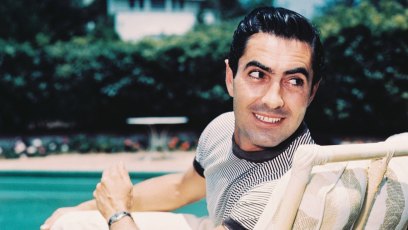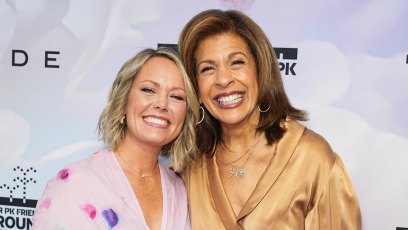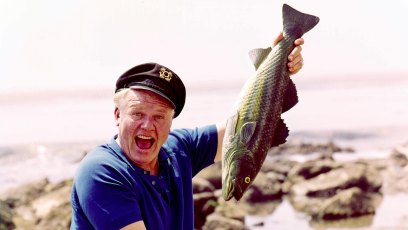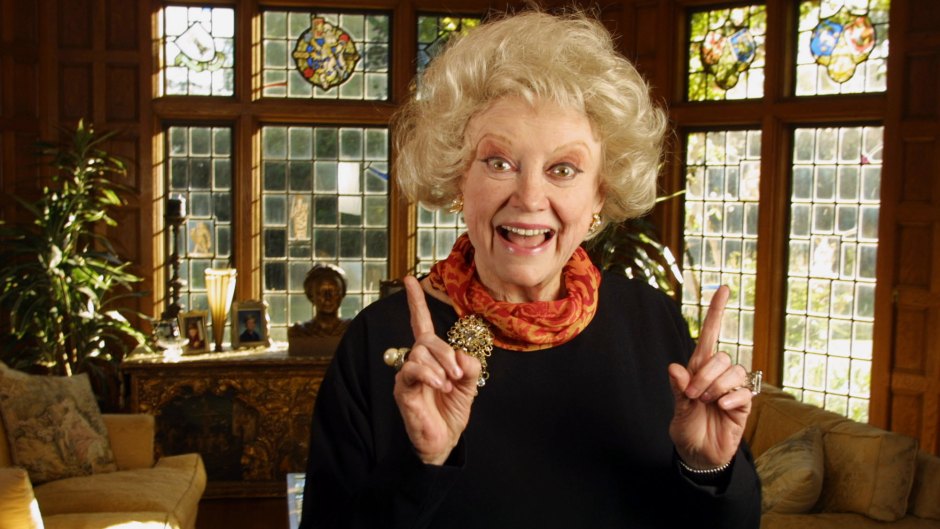
Lee Celano/AP/Shutterstock
Phyllis Diller’s Son Reflects on the Legendary Comic’s Life and Career: ‘She Was a Little Buzz Saw’
Much of Phyllis Diller’s stand-up persona was artificial: the fright wigs, the exaggerated makeup, the crazy clothes, even the cigarette holder she used to punctuate her jokes (she was a nonsmoker). But that great cackle of hers?
“That was her natural laugh,” Richard Buskin, co-author of Phyllis’ autobiography, tells Closer. “Even talking about tragedy with her, there was a lot of laughter. That’s just how she rolled.”
Growing up the only child of older parents in Lima, Ohio, Phyllis “had to entertain herself, and that’s why she had such a vivid imagination,” son Perry Diller tells Closer. “She was a little buzz saw.”
Phyllis dropped out of college in 1939 to wed Sherwood Diller and become a mother of five. “He had all sorts of mental problems,” Perry says of his dad. “He was agoraphobic and couldn’t hold down a job.”
As a result, the family “was completely broke,” says Buskin. “They were walking the streets with their belongings in brown paper bags.”
Since “somebody had to feed the kids,” as Phyllis put it, she went to work writing copy for a radio station and a department store. When people responded positively to her humor, she decided to try standup. “I’d been doing comedy all my life without realizing it,” she said. “All I had to do was polish my act.”
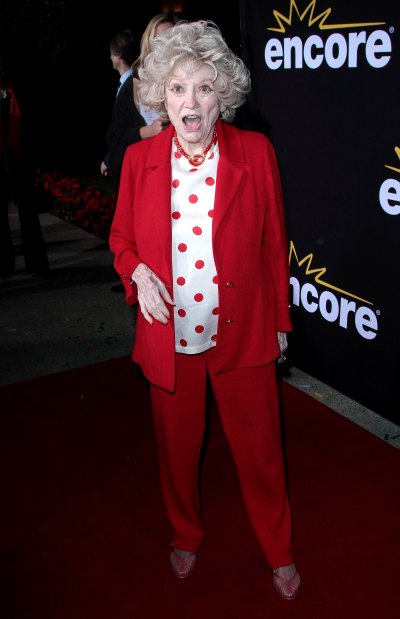
At the age of 37 in 1955, Phyllis made her debut at the Purple Onion in San Francisco, but as one of the first female stand-ups, she wasn’t often met with a warm welcome. “It was brutal,” says Buskin. “Many nights, she would be on stage and people would shout, ‘Go home to your husband and kids!’” Still, “nothing would stop her,” says Perry. “There was no question she was going to be a success.”
Phyllis built her act around self-deprecating jokes about her appearance (“I’ve got a figure that just won’t start”) as well as shots at her layabout husband, whom she called “Fang.”
“She talked about her life, and she connected with a lot of women,” says Buskin. “She was the woman next door.” Her career “wasn’t so much a big break as a slow build,” says Buskin. But she got a major boost when Bob Hope, one of her comedy idols, saw her at a club and took Phyllis under his wing. “He was the biggest mentor in her life,” says Perry of Bob, who booked Phyllis on his TV specials and took her on USO tours. “He was the sweetest guy.”
Once Phyllis was earning enough money to support herself and the kids, she divorced Sherwood in 1965. “He got the house, the car and an apartment building,” she said. “But he deserved it, poor thing. He just couldn’t make a living.” Her second marriage, to Warde Donovan Tatum, also ended in divorce a decade later, but “Fang” remained a staple in Phyllis’ act. “Don’t confuse him with my real husbands,” she once quipped. “They’re temporary.”
When Phyllis died at 95 in 2012, many of the female comedians she influenced paid tribute to her. “She had such a good, full, happy life,” said Joan Rivers, a protégé and friend. “She had a great time to the very end.”
For more on this story, pick up the latest issue of Closer Weekly, on newsstands now!








